MOV.AI’s robotics engine platform aids AMR production
New platform automates autonomous mobile robot development with visual IDE, open API framework, 3D physics simulator, and more
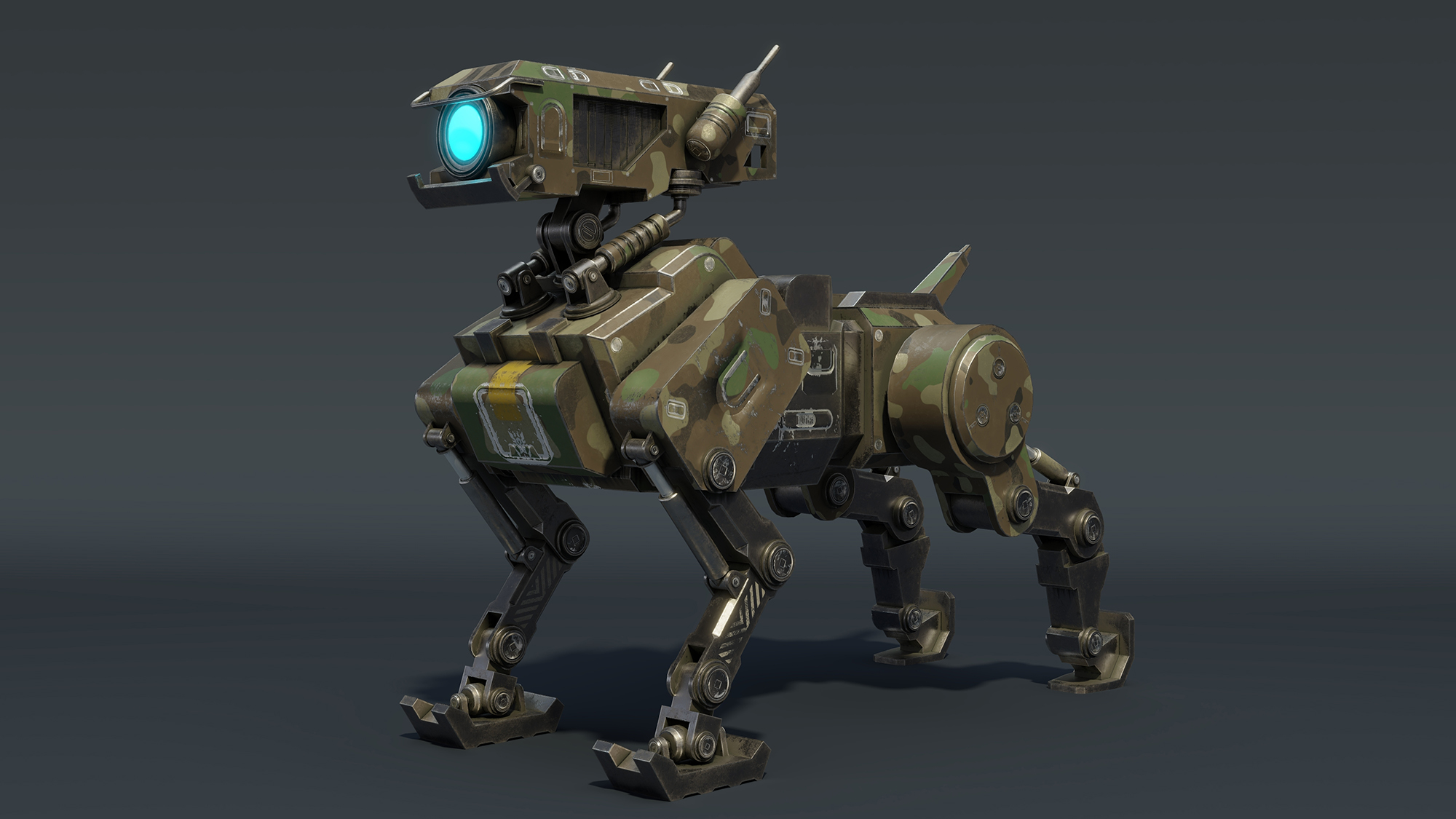
MOV.AI has announced its Robotics Engine Platform in support of autonomous mobile robot (AMR) production.
The platform, which is designed to accelerate robot development, allows automation integrators and manual logistics vehicle manufacturers to build AMRs suitable for the most dynamic environments
According to Research and Markets, the AGV and AMR market will reach $13.2 billion by 2026 with an expected growth rate of 35%. With the rising demand comes increased pressure on logistics vehicle manufacturers and new players to develop AMRs that meet customers’ needs.
"Robot development is complex, and there are very few development tools to speed it up. ROS is great and constantly evolving, but it was built for robotics researchers that do not need to deal with enterprise needs such as quality, versioning or security," says Limor Schwietzer, CTO and founder of MOV.AI.
Schwietzer continued, "We built a platform that non-expert developers can use to pick and choose the functionality they need and easily configure it into their robot software. We also added all the tools needed for the important tasks of deployment and operation."
MOV.AI’s Robotics Engine Platform comes with an open plugin framework that allows developers to integrate MOV.AI with third-party algorithms and drivers quickly. A 3D physics simulator integrated into the MOV.AI IDE enables rapid robot software testing without physical robots.
RELATED RESOURCE

IT Pro 20/20: Using technology to create a better future
Issue 21 of IT Pro 20/20 looks at the newest innovations and projects shaping our interactions with the world around us
Advanced autonomy algorithms, including 3D simultaneous localization and mapping (SLAM), enable localization accuracy of about 2 cm in 85% of dynamic environments. Additionally, built-in automated sensor calibration protects against vehicle degradation caused by sudden temperature changes, vibrations, or accidents.
Get the ITPro daily newsletter
Sign up today and you will receive a free copy of our Future Focus 2025 report - the leading guidance on AI, cybersecurity and other IT challenges as per 700+ senior executives
Using scene editors, manufacturers can define operational layers, including zones, key points, and virtual paths for behavior planning and real-time decision-making.
"Until now, AMR manufacturers had to choose between long and expensive inhouse development and 3rd party black-box solutions with hardware limitations," says Motti Kushnir, MOV.AI CEO.
Kushnir added, "We are changing that. For the first time, companies have everything they need to easily build advanced robots that are simple to deploy and operate. By providing an end-to-end system that contains everything that is needed to create great robot software - whether it's integrating 3rd party hardware, selecting and integrating advanced autonomy algorithms, visual deployment and operation tools or integration with automation environments - MOV.AI frees manufacturers to focus on what makes them unique."
-
 Two years on from its Series B round, Hack the Box is targeting further growth
Two years on from its Series B round, Hack the Box is targeting further growthNews Hack the Box has grown significantly in the last two years, and it shows no signs of slowing down
By Ross Kelly
-
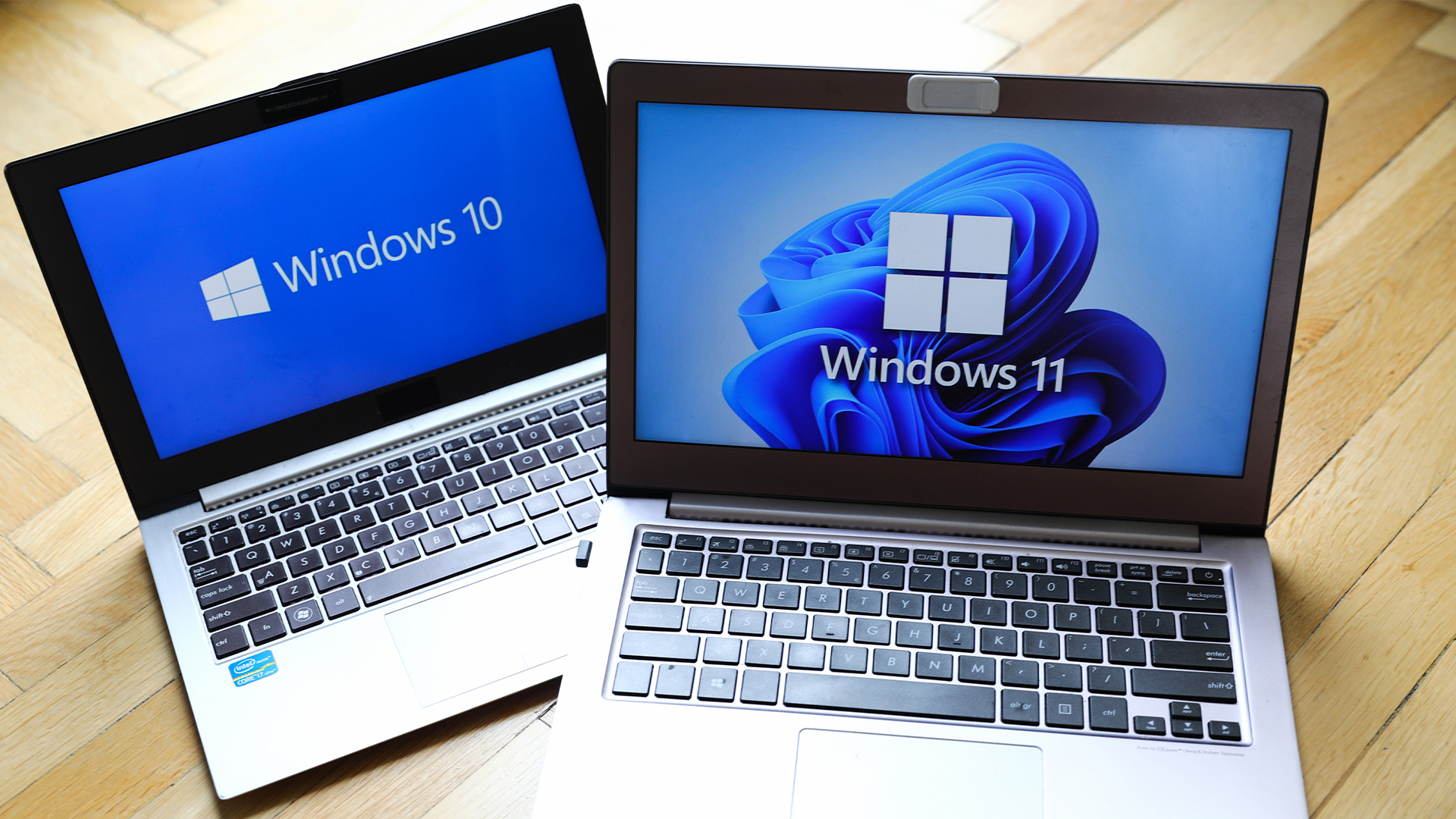 Dragging your feet on Windows 11 migration? Rising infostealer threats might change that
Dragging your feet on Windows 11 migration? Rising infostealer threats might change thatNews With the clock ticking down to the Windows 10 end of life deadline in October, organizations are dragging their feet on Windows 11 migration – and leaving their devices vulnerable as a result.
By Emma Woollacott
-
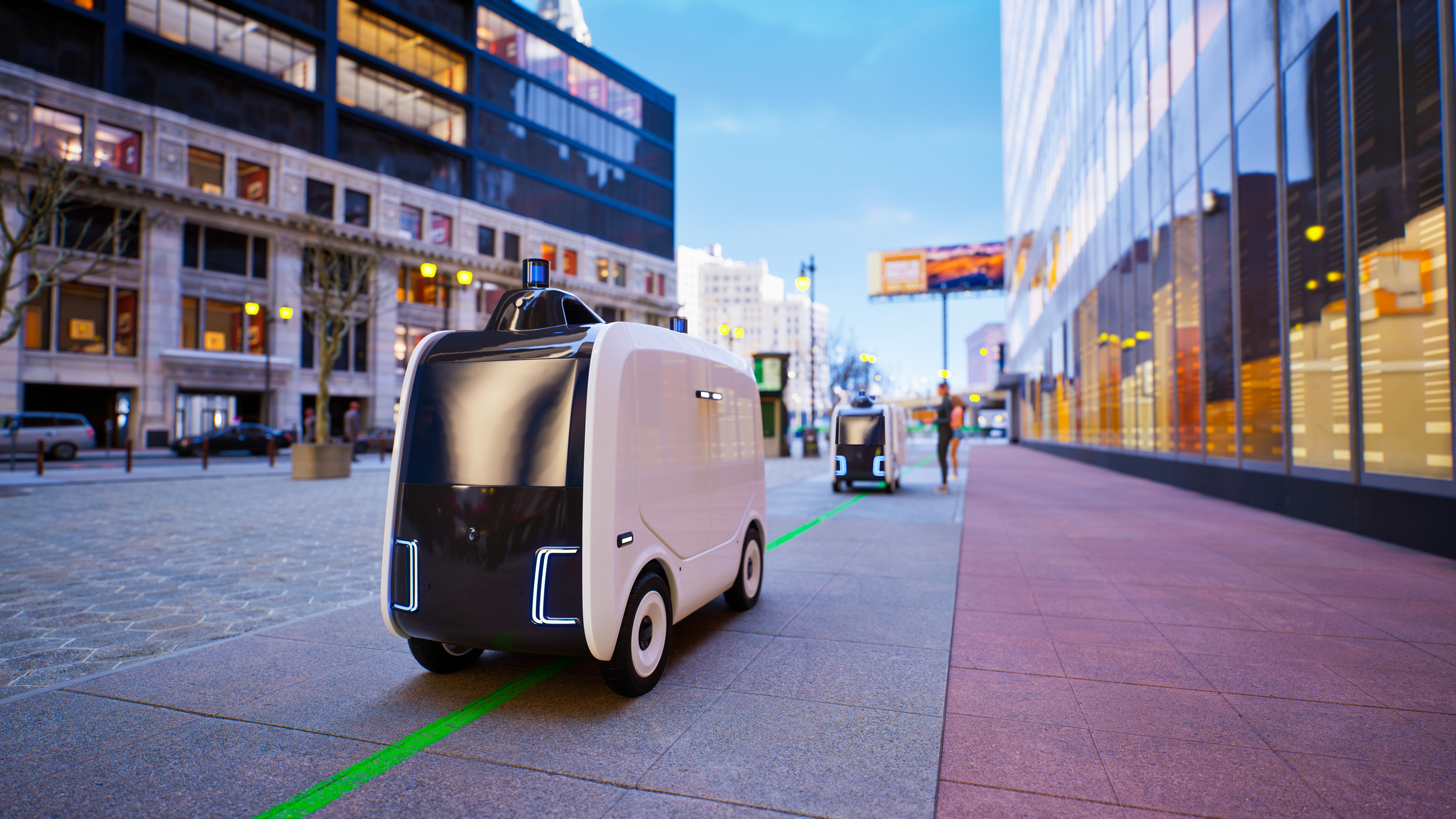 ‘Not if, but when’: Where are the autonomous robots?
‘Not if, but when’: Where are the autonomous robots?In-depth Robots are already common in manufacturing, but where are the autonomous robots of the future and what form will they take?
By Steve Ranger
-
 Automate personalization with AWS
Automate personalization with AWSWhitepaper How marketers can automate, deliver, and analyze billions of personalized messages and offers per day
By ITPro
-
 How a hyper-automation platform can drive value for your bank
How a hyper-automation platform can drive value for your bankWhitepaper Five ways automated processes can drive revenue and growth
By ITPro
-
 Appian wants to be the AI company for AI skeptics
Appian wants to be the AI company for AI skepticsAnalysis The firm outlines its AI strategy at Appian World 2023 while using ChatGPT and Midjourney to create scripts and imagery for keynote presentations
By Rory Bathgate
-
 Workday hit with claims its AI hiring systems are discriminatory
Workday hit with claims its AI hiring systems are discriminatoryNews An African American plaintiff has alleged that Workday's systems prevented him from being hired on the basis of his race, age, and mental health
By Rory Bathgate
-
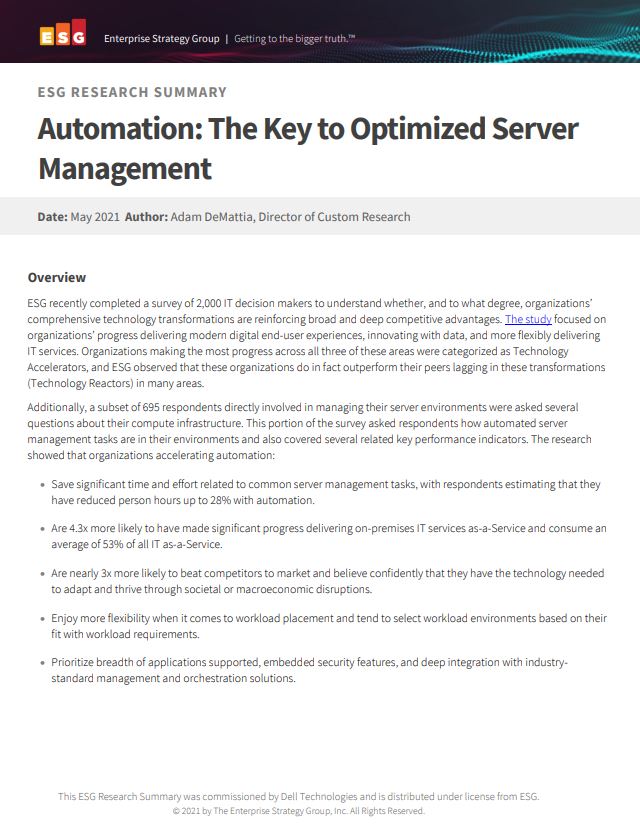 Automation: The key to optimised server management
Automation: The key to optimised server managementWhitepaper Deliver modern digital end-user experiences, innovate with data, and more flexibly deliver IT services
By ITPro
-
 Drive digital transformation with IBM process mining
Drive digital transformation with IBM process miningWhitepaper A process discovery, analysis and monitoring technique to help businesses succeed throughout the entire DX journey
By ITPro
-
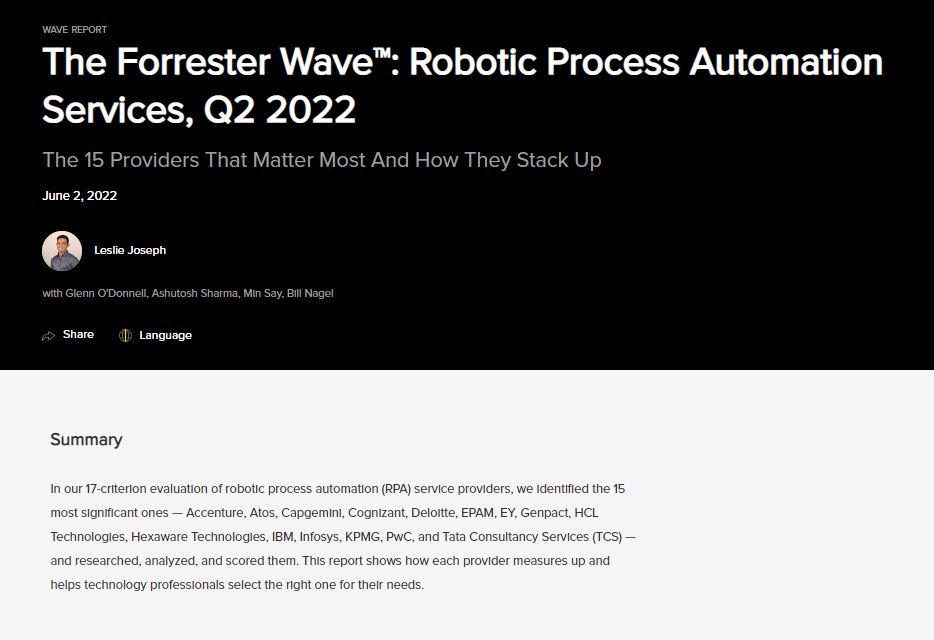 The Forrester Wave™: Robotic Process Automation Services
The Forrester Wave™: Robotic Process Automation ServicesWhitepaper The 15 providers that matter most and how they stack up
By ITPro